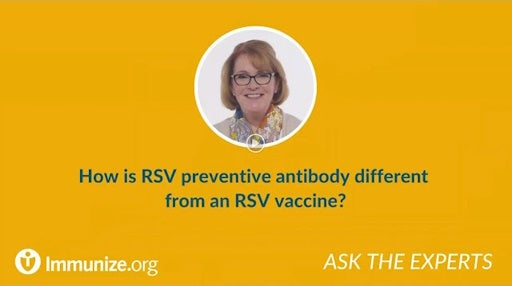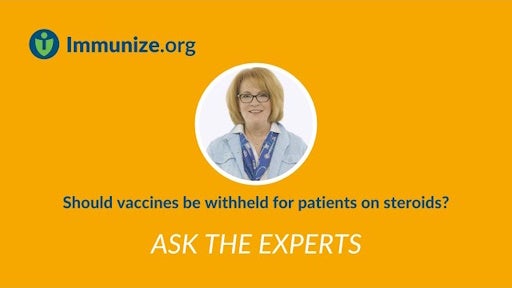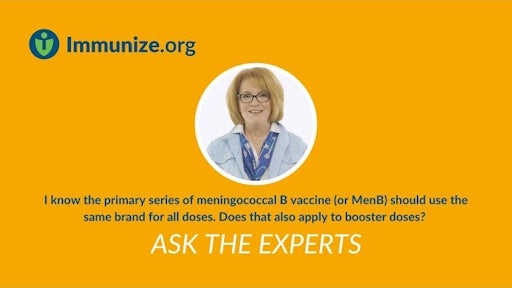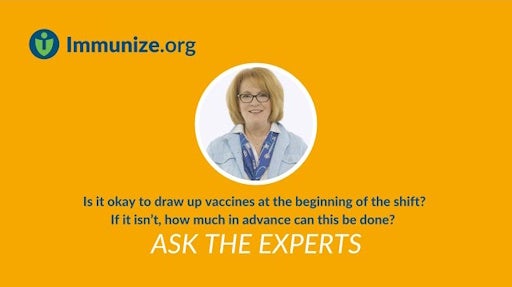People who have neither experienced primary varicella infection (chickenpox), nor received live-attenuated varicella vaccine (vaccine strain VZV, contained in Varivax, ProQuad, and Zostavax, all by Merck) are not at risk for shingles. More than 99% of Americans born before 1980 have had chickenpox, even if they don’t remember it, so additional screening is not recommended for immunocompetent people born before 1980 who are due for routine shingles vaccination. Children and adolescents who have received live-attenuated varicella vaccines (Varivax or ProQuad) are at risk for shingles, although they are at lower risk for shingles than are those who experienced chickenpox.
Shingrix (RZV) is not indicated and has not been studied for the prevention of chickenpox. Receipt of Shingrix is not considered proof of varicella immunity, and Shingrix cannot be considered as either of the two doses of the varicella vaccine series. In addition, there are limited data on the use of Shingrix in people without a history of chickenpox, with or without a history of varicella vaccination.
The consequences of primary varicella infection in immunocompromised adults can be severe. For adults who are or will be immunocompromised, evidence of immunity to varicella (confirming need for RZV) includes:
- Documentation of two doses of varicella vaccine, or
- Laboratory evidence of immunity or laboratory confirmation of disease, or
- Diagnosis or verification of a history of varicella or herpes zoster by a healthcare provider.
Protection from primary varicella infection (chickenpox) is a priority for an adult who is or will be immunocompromised with no evidence of immunity to chickenpox. Refer to the ACIP varicella vaccine recommendations for further guidance, including post-exposure prophylaxis guidance for immunocompromised adults: www.cdc.gov/mmwr/preview/mmwrhtml/rr5604a1.htm.



